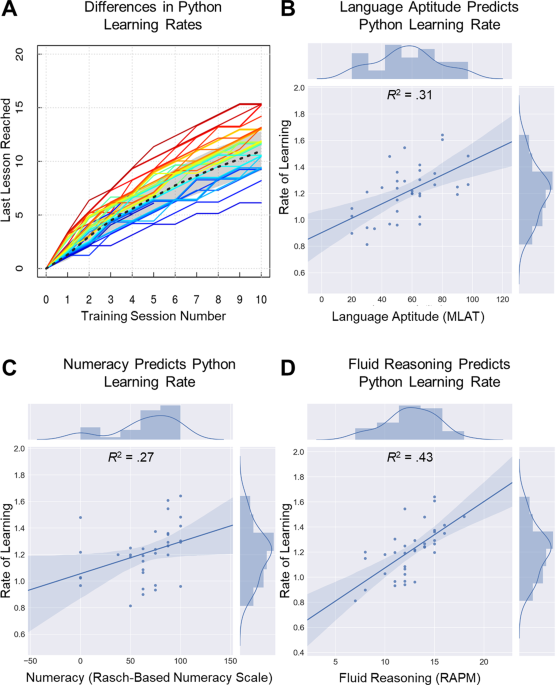Symbolic Reference and Hardware Models in Python
In a professional FPGA or ASIC development flow, multiple models are tested against each other to ensure that the final design behaves the way it should.
These models can be implemented in Matlab, Python, C++ etc. and are usually completely hardware architecture agnostic. They are often not bit accurate in their calculated results, for example because they use floating point numbers instead of fixed point numbers that are more commonly used by the hardware,
A good example is the floating point C model that I used to develop my Racing the Beam Ray Tracer, though in this case, the model later transistioned into a hybrid reference/achitectural model.
An architectural model is already aware of how the hardware is split into major functional groups and models the interfaces between these functional groups in a bit-accurate and transaction-accurate way at the interface level. It doesn’t have a concept of timing in the form of clock cycles.
This model is the source from which the actual hardware is generated. Traditionally, and still in most cases, this is a synthesizable RTL model written in Verilog or VHDL, but high-level synthesis (HLS) is getting some traction as well. In the case of RTL, this model is cycle accurate. In the case of HLS, it still won’t be.
























